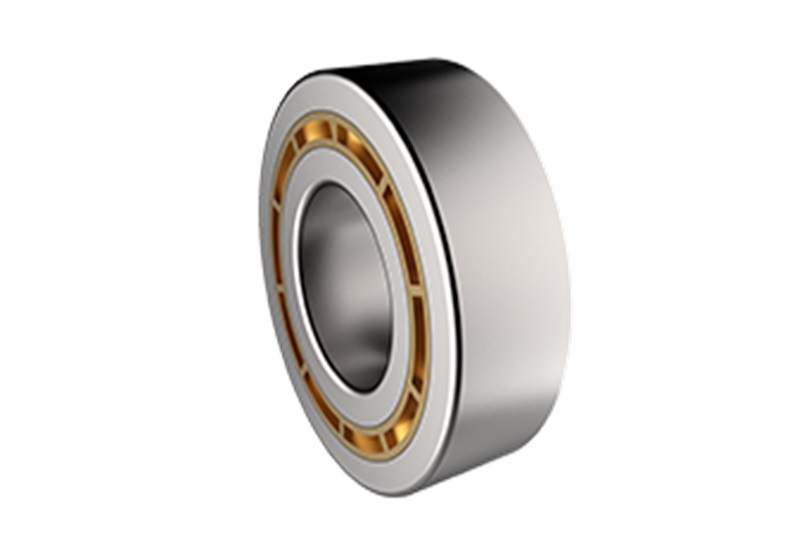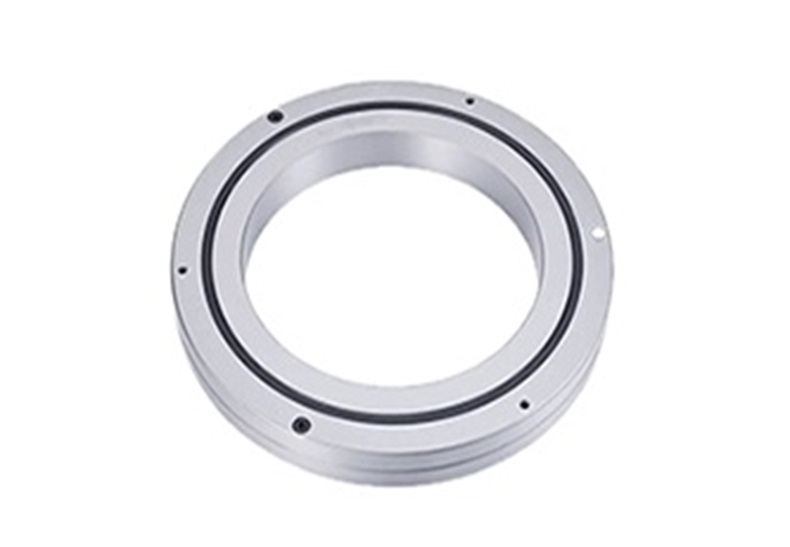The thrust bearing is a special bearing used to bear the axial force, that is, the bearing of the force in the direction parallel to the shaft. Thrust bearings are also called bearing of thrust. Thrust bearings are generally composed of two thrust washers or more thrust washers and several rolling elements. Generally, thrust washers are divided into shaft pieces and seat pieces. The most common type of rolling element is generally composed of iron or copper cages combined into a whole. The most common type of bearing is a steel ball thrust bearing. Thrust bearings are designed and used to withstand axial loads. They are also called axial bearings. These bearings include thrust ball bearings, thrust cylindrical roller bearings, thrust needle roller bearings, thrust tapered roller bearings, and thrust spherical roller bearings.
Ⅰ. Thrust bearing diagram
The bearing housing in the thrust bearing structure is composed of two horizontally split halves. The upper and lower halves are fixedly connected by bolts and positioned with tapered pins. The axial position of the bearing housing in the bearing housing is adjusted and located by the gasket. The shell and the bearing seat are equipped with a seaming pin at the center division surface to prevent the shell from rotating in the circumferential direction. A thrust bearing has two sets of thrust pad rings, each group has 8 fan-shaped thrust tiles. The tiles use the cylindrical pin which bunches the shell, the tile, and the inner ring as a circumferential positioning, and the outer arc of the pad matches the inner circle of the shell to be radially positioned. The inner ring is fixed on the bearing housing with screws.
Ⅱ. Conditions for normal operation of thrust bearing diagram
1. The lubricating oil has a viscosity;
2. There is a certain relative speed between the moving and static bodies;
3. The two surfaces of relative motion are inclined to form an oil wedge;
4. The external load is within the specified range;
5. Sufficient amount of oil. Thrust bearing has excellent self-lubricating wear resistance performance, which is 800 times that of PTFE, does not damage the mating parts; good thermal performance, thermal deformation> 275 degrees Celsius, can be used for a long time at 240 degrees Celsius under load; resistant Chemical corrosion, excellent electrical properties, good compactness, non-adhesive thrust bearings, and non-toxic; good compression creep resistance, four times higher than pure PTFE.
Ⅲ. The thrust bearing types
There are two thrust bearing types: thrust ball bearings and thrust roller bearings. Thrust ball bearings are divided into thrust ball bearings and thrust angular contact ball bearings. It consists of a washer with a raceway, a ball, and a cage assembly. The raceway ring that matches the shaft is called a shaft ring, and the raceway ring that matches the housing is called a seat ring. The two-way bearing fits the middle ring and the shaft. The one-way bearing can bear the one-way axial load, and the two-way bearing can bear the two-way axial load. Bearings with a spherical mounting surface on the seat ring have self-aligning performance, which can reduce the impact of installation errors. This type of bearing is mainly used in automobile steering mechanisms and machine tool spindles. Thrust roller bearings are divided into thrust cylindrical roller bearings, thrust spherical roller bearings, thrust tapered roller bearings, and thrust needle roller bearings.
Ⅳ. What are the applications of thrust ball bearing?
Thrust cylindrical roller bearings are mainly used in oil drilling rigs, iron and steel machinery. Thrust spherical roller bearings are mainly used in hydroelectric generators, vertical motors, ship propeller shafts, tower cranes, extruders and so on; The thrust tapered roller bearings are mainly used for this type of bearings: single direction thrust bearing is suitable for crane hooks, oil rig swivels; double direction thrust bearing is suitable for rolling mill roll necks; planar thrust bearings mainly bear axial loads in the assembly, and they are widely used.
Although the installation and operation of thrust bearings are relatively simple, errors often occur during actual maintenance, that is, the installation positions of the tight and loose rings of the bearing are not correct. As a result, the bearing loses its function and the journal is quickly worn out. The tightening ring is installed on the end face of the stationary part, that is, wrong assembly. The inner ring of the tight ring and the shaft journal are in transitional fit. When the shaft rotates, the tight ring is driven and friction occurs with the end surface of the stationary part. When subjected to an axial force (Fx), the friction torque will be greater than the resistance torque of the inner diameter fit, resulting in tight The matching surface of the ring and the shaft is forced to rotate, which intensifies the wear of the shaft journal.














 English
English  français
français  Deutsch
Deutsch  italiano
italiano 


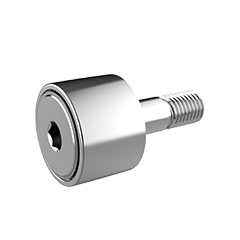
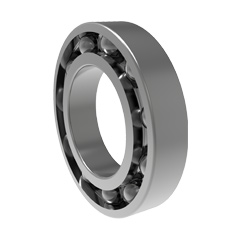
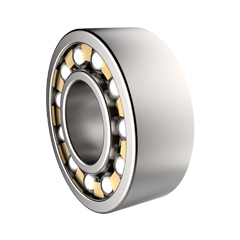
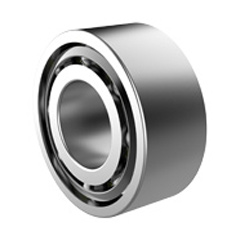
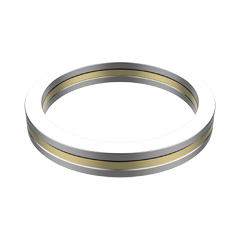
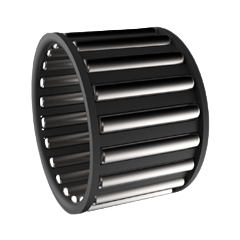
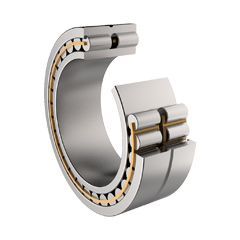
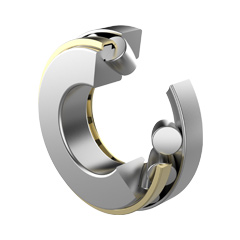
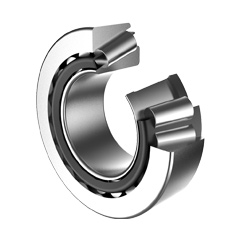
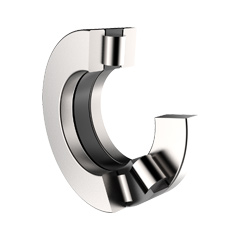
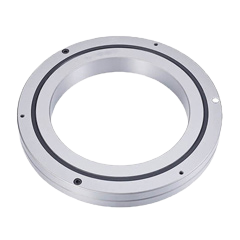
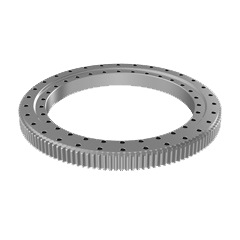
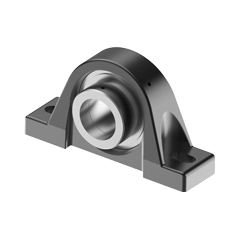
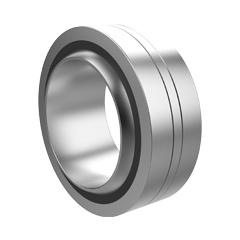

 English
English  français
français  Deutsch
Deutsch  italiano
italiano 

